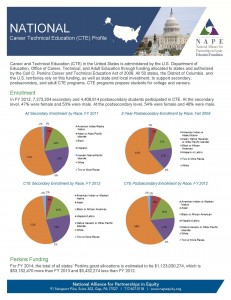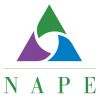© Copyright 2023. All rights reserved.
Nontraditional Careers Data
 Educators can broaden students’ perspectives and the lenses they use to look at future careers based on the realities of the exciting and unique opportunities in nontraditional careers.
Educators can broaden students’ perspectives and the lenses they use to look at future careers based on the realities of the exciting and unique opportunities in nontraditional careers.
Understand the Demand—The following websites provide data about employment projections, wage trends, career profiles, and opportunities in nontraditional occupations.
Employment Projections and Career Opportunities
O*Net—Detailed career information, wage and employment trends, and resources for finding a career
- List of traditional (female-dominated) and nontraditional (male-dominated) occupations and statistics
- Information for Women in the Labor Force—Current and historical data about employment, earnings, and a variety of labor-related topics
- Nontraditional Occupations for Women
Georgetown University Center on Education and the Workforce—Recovery: Projections of Jobs and Education Requirements Through 2020
Labor Demand and Occupational Outlook
Bureau of Labor Statistics Occupational Outlook Handbook—Searchable resource that provides detailed career profiles including wage and employment trends, and job outlook.
Nontraditional Occupations Crosswalk—NAPE’s national crosswalk links educational programs to occupations with Career Clusters and Career Pathways. State and local education agencies have used NAPE’s Nontraditional Crosswalk since 2007 to collect data for the Perkins IV nontraditional core indicators.
Startling Statements—Activity that explores biases and workforce statistics regarding women’s and men’s participation in nontraditional occupations through an interactive process.
 Career and Technical Education (CTE) Resources
Career and Technical Education (CTE) Resources
- NAPE’s State CTE Profiles
- Perkins Collaborative Resource Network
- U.S. Census Bureau Demographic Profiles
- National Skills Coalition—Middle-Skill Jobs Fact Sheets
State of STEM Education
Change the Equation has created a new tool for educators to investigate the state of STEM education in their region. From Vital Signs you can download charts and graphs, compare state and national progress, and examine the challenges in STEM education and connect to resources in STEMworks programs (including NAPE).

